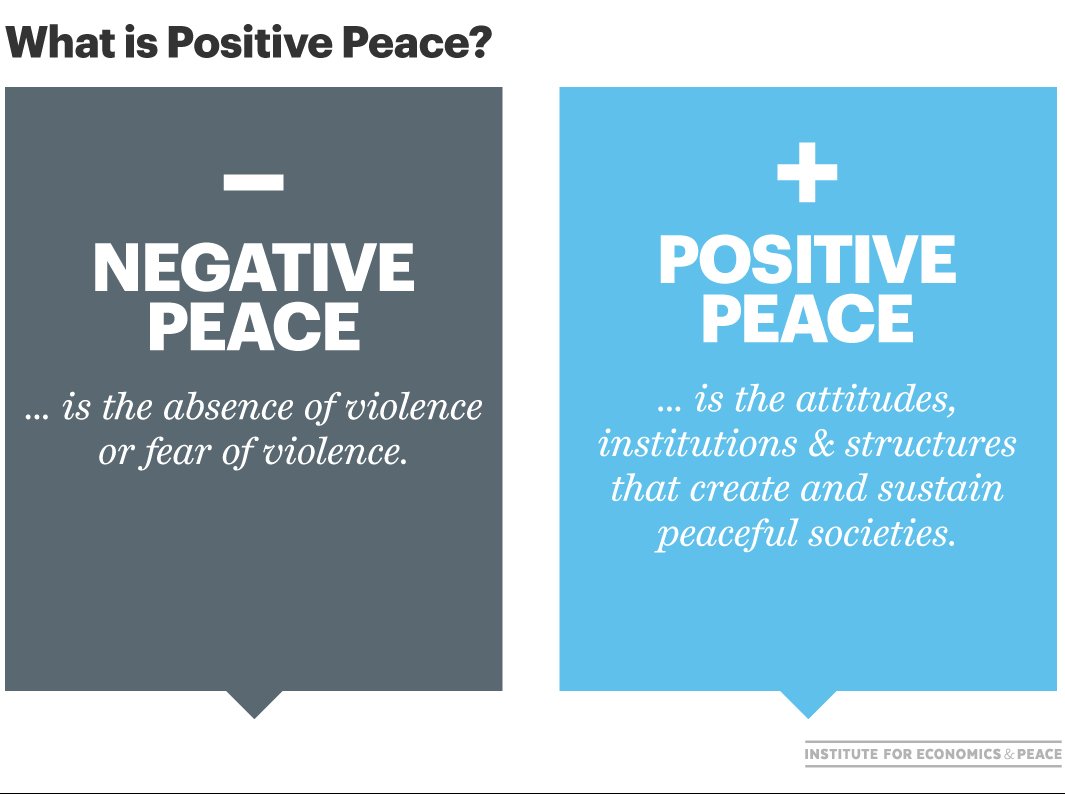
Many of them were seized, abused as forced laborers and they are also forced to marry the rebels. The armed attackers were almost entirely male, that’s why women and girls regularly faced sexual assault and rape. And by 2000 over 200,000 people died, one third of the country’s populations were displaced.ĭuring the civil war no law and order was there and women bore the brunt of the suffering. In the course of the inter-ethnic struggle both the rebels and the Taylor’s dictatorial regime expose severe harassment and violence on the people of Liberia. President Charles Taylor coming to the power after a coup invasion in 1989 and he struggled to keep control over the country. Here we are going to discuss Liberia’s civil war on the basis of Johan Galtung’s conflict and violence model.įor Liberians, 2003 marked the fourteenth year of an unyielding and bloody civil war. Another uniqueness of the war is the participation of women’s for peace and definitely they won.

1 st civil war took place in 1989-1996 and the second ones time period is 1999-2003. Here we can see two times civil war approach and peace process. This countries conflict and violence story is interesting than other civil war conflicts. Here we are focusing on Africa’s oldest republic Liberia’s civil war. There are so many conflicts in the world. Read Peace Making Mission in the East of Ukraine In this part of our discussion we are going to focus on the Liberian Civil war on the basis of Johan Galtung’s expanded concept of peace and violence. Here is Johan Galtung’s expanded concept of peace and violence: Positive peace means no war or violent conflict combined with a situation where there is equity, justice and development. Negative peace means that there is no war, no violent conflict between states or within states. Johan Galtung defined two aspects of peace.

McDougal, “peace is the least application of violence and coercion to the individual and to freedom of access of the individual to cherished values.” Peace as absence of violence is called the traditional notion of peace.Īccording to Myers S.

Structural violence results from unjust and inequitable social and economic structures and manifesting itself in for example, poverty and deprivation of all kinds.’ The World Health Organization (WHO) defines violence as “intentional use of physical force or power, threatened or actual, against oneself, another person, or against a group or community that either results in or has a high likelihood of resulting in injury, death, psychological harm, maldevelopment or deprivation”.Īccording to Council of Europe ‘An expanded understanding of violence includes not only direct “behavioral” violence, but also structural violence, which is often unconscious. Sometimes social structure is not impervious to breakdown and may embrace individual or collective violence in the form of rebellion, riot or revolution or civil war. Ordinary members of society abide by normal standards of society.

These standards are based on values and cultural sensitivity of community that have been in vogue for years. Human beings live in a society that has developed certain norms and standards on the basis of consensus of community.


 0 kommentar(er)
0 kommentar(er)
